How India Post Payments Bank Can Be a Game Changer for Financial Inclusion
On January 30, 2017, India Post Payments Bank (IPPB) kicked off its operations by rolling out pilot services in Raipur and Ranchi. Here's all you need to know about RBI's reform step and its potential to revolutionize Indian banking.
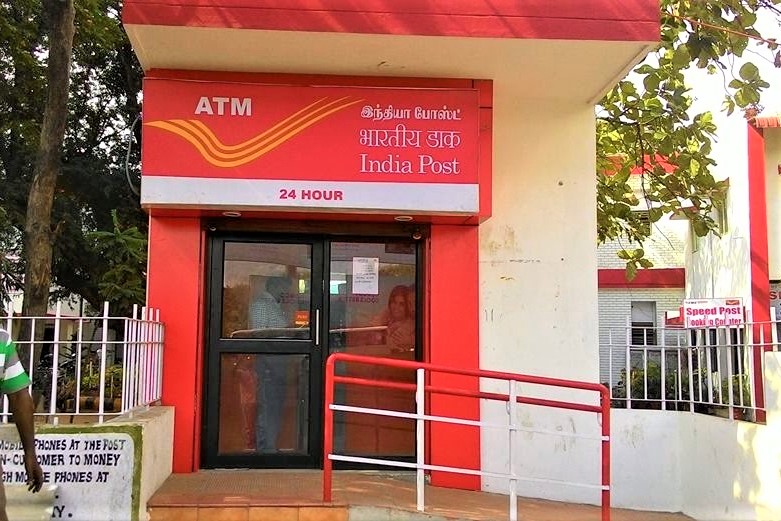
On January 30, 2017, India Post Payments Bank (IPPB) kicked off its operations by rolling out pilot services in Raipur and Ranchi, the capitals of Chhattisgarh and Jharkhand respectively. The second payments bank to start operations after Airtel Payments Bank, IPPB received a licence from the Reserve Bank of India (RBI) on January 20, 2017.
Over the next couple of months, India Post plans to open 650 new branches of IPPB in its first phase by September. Currently, the department of post has an existing network of around 1,55,000 post offices, of which 1,39,222 post offices are located in rural areas. With such a wide reach, IPPB has great potential to effectively improve financial inclusion in India.
Here is all you need to know about India Post Payments Bank and how it can be a game changer for financial inclusion in the country.
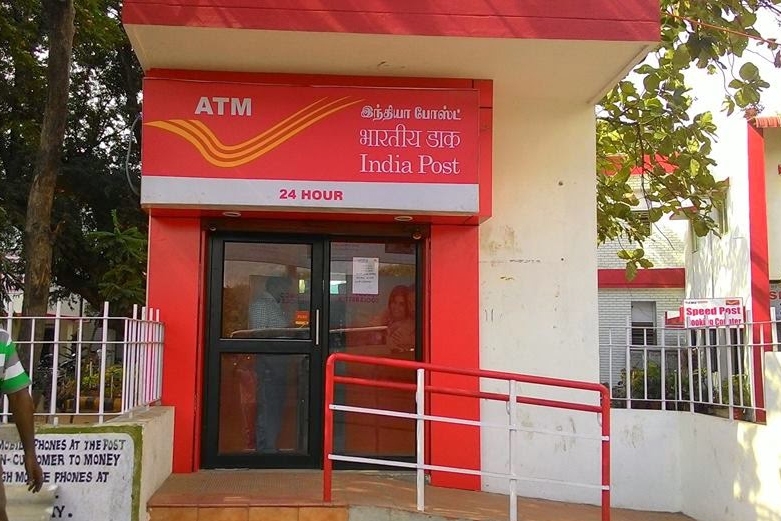
Photo Source
So what are Payments Banks?
Payment banks can accept deposits restricted to ₹1 lakh per customer, and are allowed to pay customers interest on the money that is being deposited. They can be used for either current accounts or savings accounts. These small no-frills banks are expected to reach customers mainly through their mobile phones rather than traditional bank branches.
The RBI guidelines say that payment bank licenses would be granted to mobile firms, supermarket chains, and others, to cater to individuals and small businesses. The goal is to provide basic financial services, including payments of all sorts, social security and utility bill payments, remittance services, current and saving accounts with a balance of up to ₹1 lakh.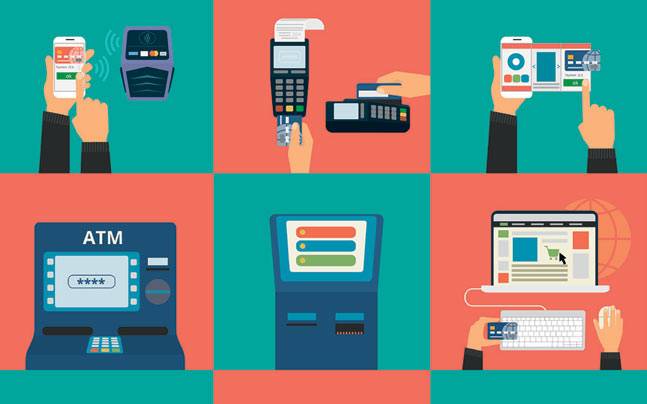
Photo Source
It will also focus on distribution of insurance, mutual funds and pension products, and acting as business correspondent to other banks for credit products, especially in rural areas and among the underserved segments of the population.
Here’s what Payments Banks can and can’t do
- They can enable transfers and remittances through a mobile phone.
- They can offer services such as automatic payments of bills, and purchases in cashless, chequeless transactions through a phone.
- They can issue debit cards and ATM cards usable on ATM networks of all banks.
- They can transfer money directly to bank accounts at nearly no cost, being a part of the gateway that connects banks.
- They can provide forex cards to travellers, usable again as a debit or ATM card all over India.
- They can offer forex services at charges lower than banks.
- They can also offer card acceptance mechanisms to third parties such as the “Apple Pay.”
- They can’t offer loans but can raise deposits of upto ₹1 lakh, and pay interest on these balances just like a savings bank account does.
- Unlike a regular bank, a payment bank can’t issue credit cards and is only allowed to invest the money customers deposit into government securities.
Also Read: 10 Ways in Which Farmers Will Benefit From the Union Budget 2017
How will IPPB work?
A. P. Singh, interim managing director and chief executive officer of IPPB, says that IPPB aspires to be the most accessible, affordable and trusted bank for the common man. This is reflected in its motto – “No customer is too small, no transaction too insignificant, and no deposit too little.”
To fulfill this objective, the first 650 branches of IPPB will be located in postal district headquarters and all the branches under that particular head post office will be enabled by the payments bank services. Apart from the vision and structure, IPPBs will work to ease access and handhold the adoption of new age banking and payments instruments among citizens of all walks of life through the delivery by postmen and Grameen Dak sevaks, savings agents and other franchisees who will take banking to the doorsteps of people.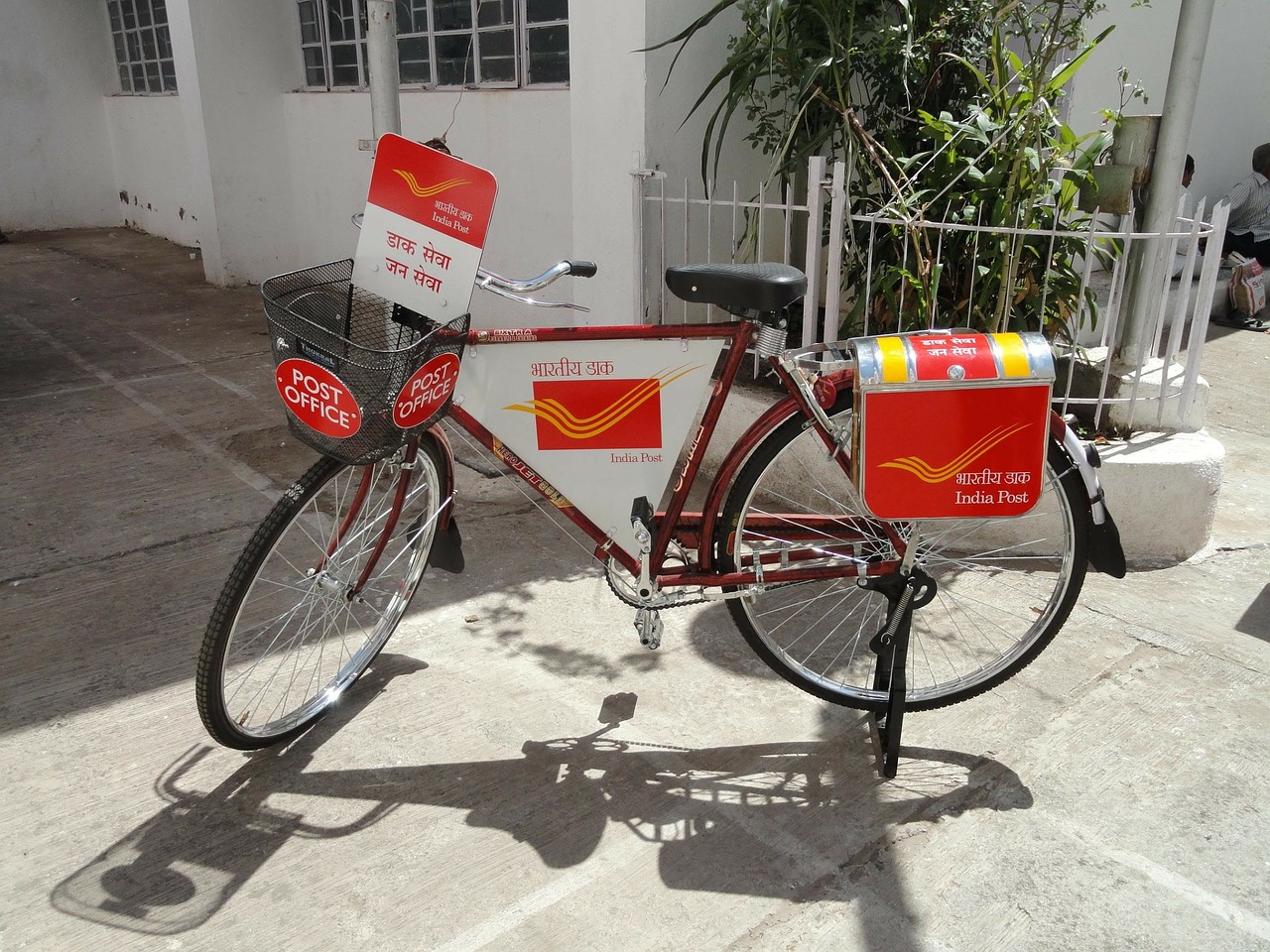
Photo Source
IPPB will offer three distinct accounts to its customers: Safal, the regular account; Sugam, a basic savings bank deposit account (BSBDA); and Saral, BSBDA-Small. While Safal is a regular account packed with features, Sugam is a Basic Savings Bank Deposit Account (BSBDA). Saral is a smaller version of BSBDA that is aimed at people with limited banking experience.
All three bank account options will request its customers to make a ₹100 initial minimum deposit, with no minimum balance requirements. Both Safal and Sugam need KYC (know your customer) details for verification and a minimum age of 10 years, but Saral can be opened by anyone above the age of 10 without KYC. Importantly, there are no charges on cash withdrawals, unlike Airtel Payments Bank.
Interest on deposits in IIPB has a three-tiered structure, which depends on the quarterly average balance (QAB) in an account. Interest rates have been fixed as 4.5% if the quarterly average balance is up to ₹25,000, 5% if it is between ₹25,000 and ₹50,000, and 5.5% if above ₹50,000. Also, it is paid out quarterly as opposed to per annum.
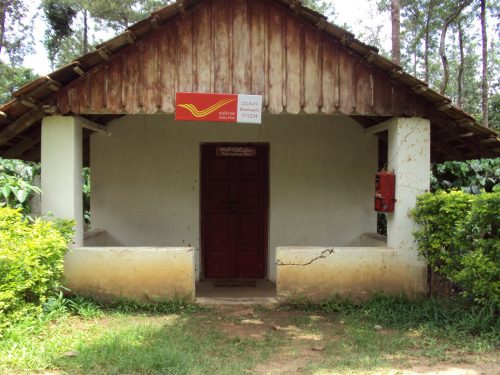
Photo Source
Here are some other key features of IPPB:
- Fund transfer facility via National Electronic Funds Transfer (NEFT), Immediate Payment Service (IMPS), Aadhaar-Enabled Payment System (AEPS), Unified Payments Interface (UPI) and USSD (*99#).
- Aadhaar based e-KYC will be used for instant account verification.
- Direct Benefit Transfer – this allows funds from disbursing agency to transfer subsidies directly to the people through their bank account.
- Doorstep banking – Cash deposit, cash withdrawal, balance enquiry and Aadhaar-to-Aadhaar funds transfer.
Interest rates up to 5.5 percent on money deposit. - Free first debit card for all accounts.
- No minimum quarterly average balance requirement.
- Free cash withdrawals at India Post ATMs and Punjab National Bank ATMs.
You May Like: This New Website Wants to Make the Budget Simpler for All to Understand
How can IPPB be a game changer?
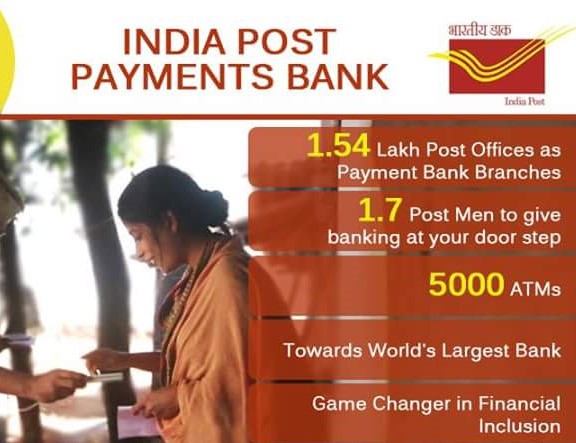
Photo Source
Think of the huge number of government subsidies and cash programs that are meant to encourage development in villages, and consider how, to access these payments, villagers would have had to travel for hours to nearby cities in order to visit a bank branch, where the experience was frequently alienating. Instead, the friendly postman villagers meet every day could be their banking relationship manager!
Also, India’s domestic remittance market is estimated to be about ₹800 billion-₹900 billion and growing. With money transfers made possible through mobile phones, a big chunk of it, especially that of the migrant labour, could shift to this new platform. Payment banks can also play a crucial role in implementing the government’s direct benefit transfer scheme, where subsidies on healthcare, education and gas are paid directly to beneficiaries’ accounts.
Interestingly, this is the first time in the history of India’s banking sector that RBI is giving out differentiated licences for specific activities. This is also the first time since banks were nationalized, that private sector business groups have bagged the RBI’s nod for banking services.
What are the challenges IPPB may have to face?
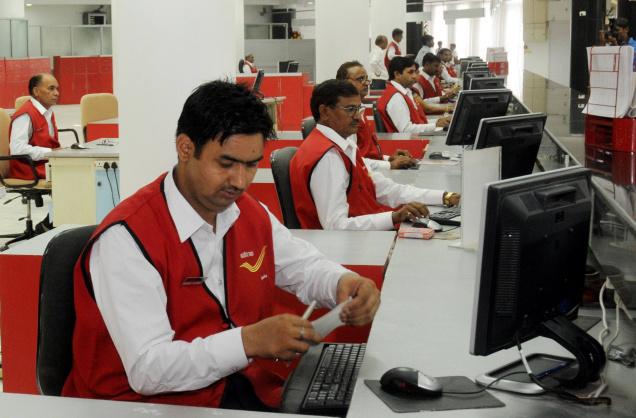
Photo Source
Given the lack of clarity on the business model for payments banks, IPPBs will have to allow for changing responsibilities and revenue-sharing over time as the market matures. Apart from managing partnerships with existing banks, another new relationship that will be tested will be that between the regulator and these new “differentiated” banks. For RBI as well as the non-banks in the sector now, there will have to be close dialogue to ensure that each other’s concerns are shared and resolved, as each charts out its course in fresh waters.
Has it worked in other countries?
Payment technologies have proved hugely popular in other developing countries. In Kenya, the most cited success story, Vodafone’s M-Pesa, is used by two in three adults to store money, make purchases and transfer funds to friends and relatives. In Pakistan, Telenor and Tameer Microfinance Bank have together set up the largest branchless banking service.
You May Like: Meet the Crack Team of Civil Servants Behind the Union Budget 2017
This story made me
- 97
- 121
- 89
- 167
Tell Us More
We bring stories straight from the heart of India, to inspire millions and create a wave of impact. Our positive movement is growing bigger everyday, and we would love for you to join it.
Please contribute whatever you can, every little penny helps our team in bringing you more stories that support dreams and spread hope.



















